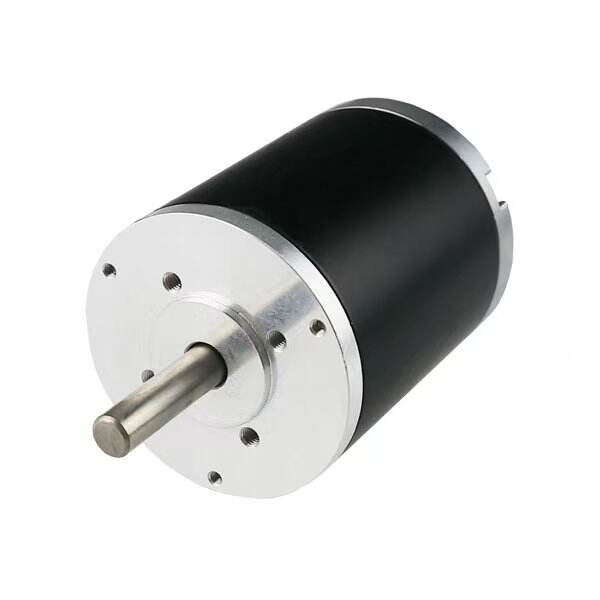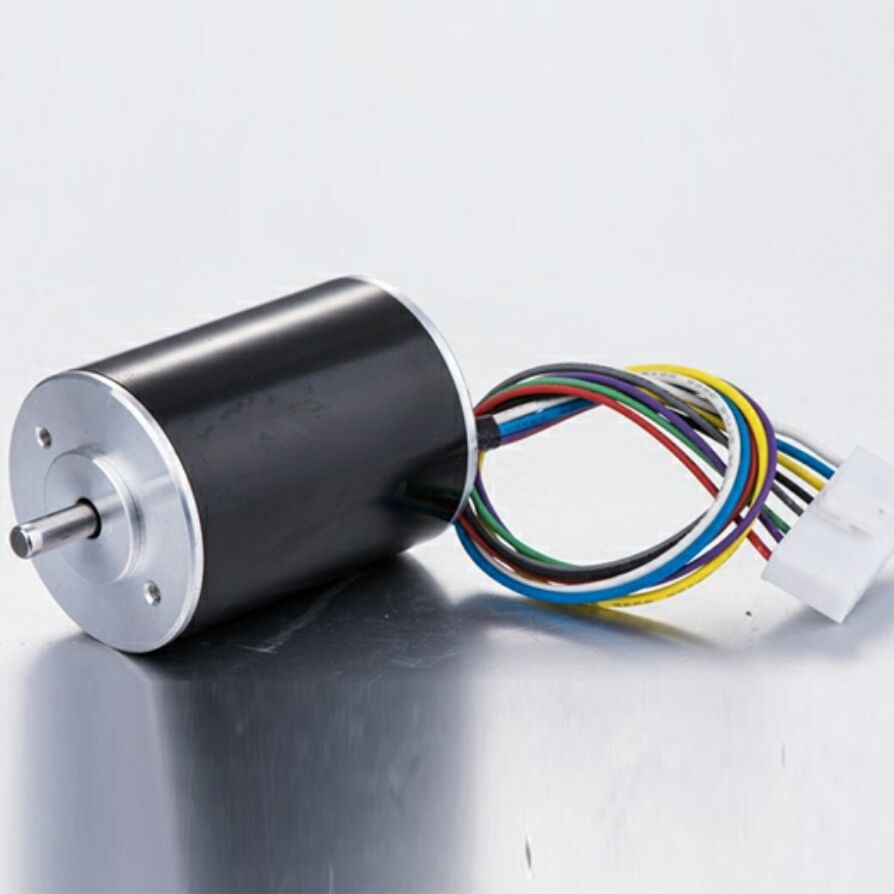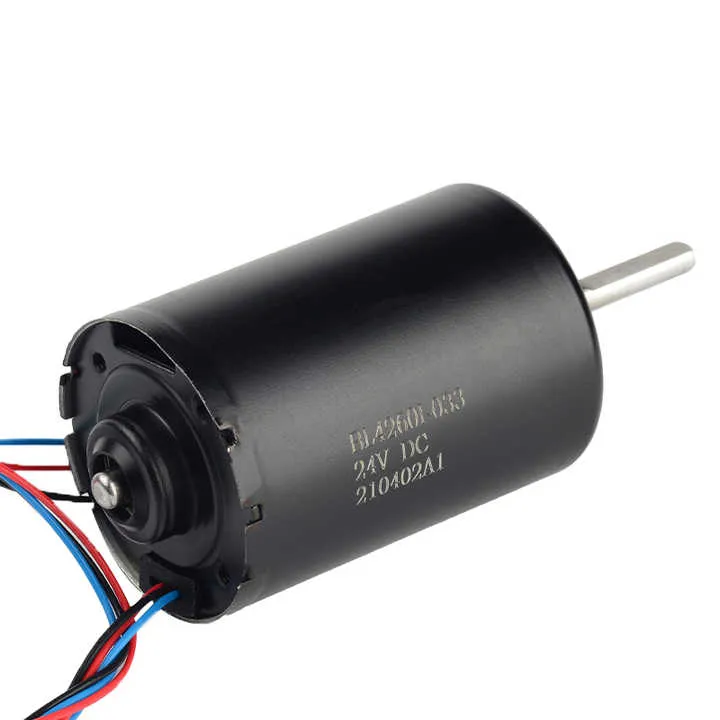brushless dc motor types
Brushless DC motors represent a significant advancement in electric motor technology, combining efficiency with precise control capabilities. These motors operate through electronic commutation rather than mechanical brushes, utilizing permanent magnets and a series of fixed windings. The motor's electronic controller energizes the appropriate windings in sequence to create rotation, constantly monitoring the rotor's position through Hall effect sensors or other feedback mechanisms. Available in various configurations, including inrunner and outrunner designs, these motors can be optimized for different applications. The inrunner design features a rotating inner core with permanent magnets surrounded by fixed windings, while outrunner types have the magnets rotating around the fixed windings. These motors excel in applications requiring high efficiency, precise speed control, and reliability. Common applications include computer cooling fans, modern appliances, industrial automation, electric vehicles, and aerospace systems. Their design eliminates the maintenance requirements associated with traditional brush-type motors while delivering superior performance characteristics, including higher torque-to-weight ratios and better heat dissipation. The absence of brushes also means these motors generate minimal electrical noise and can operate at higher speeds than conventional DC motors.



